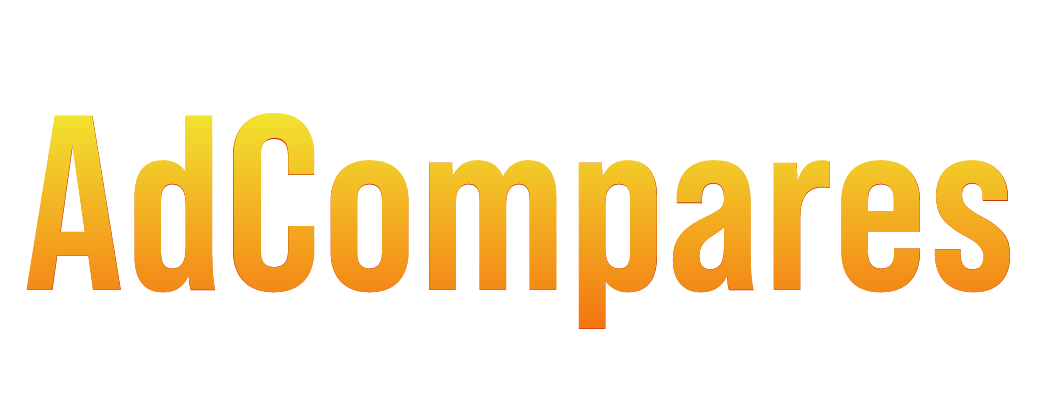Make a Website is essential for establishing a strong online presence, whether for a business, personal brand, or project. A well-designed website serves as a digital storefront, allowing you to showcase products, share valuable content, and engage with visitors professionally and credibly. With the right tools and guidance, building a website is no longer a daunting task, even for those with little to no technical experience. By following a structured approach, you can develop a website that not only looks great but also performs well in search engine rankings.
This comprehensive guide will walk you through the entire website creation process, from selecting a domain name to optimizing your site for search engines. We will explore different methods, such as using website builders, content management systems (CMS), or hiring professionals. Additionally, we will discuss essential design principles, content strategies, and functionalities to ensure your website is both user-friendly and conversion-optimized. By the end of this guide, you will have the knowledge and confidence to create a website that meets your goals and stands out online.
Step 1: Choose a Business Name and Secure a Domain
A strong business name establishes your brand identity. Once you have selected a name, securing a domain is crucial for credibility and visibility.
Tips for Selecting the Right Domain Name:
- Use a .com extension – It is the most recognized and trusted domain type.
- Keep it short and memorable – Avoid long and complicated names.
- Incorporate keywords – If possible, add relevant keywords that describe your business.
- Numbers and hyphens can be confusing when spoken aloud, so it’s best to avoid them.
How Much Does a Domain Cost?
Domain prices vary based on availability and demand. A standard .com domain typically costs between $10 and $50 per year, while premium domains may be more expensive.
Step 2: Choose the Right Website Building Method
There are three primary ways to create a website:
1. DIY Using WordPress
WordPress is a flexible and cost-effective solution. You will need:
- A domain and hosting service (such as Bluehost or SiteGround)
- A WordPress theme (free or premium)
- Plugins for additional functionality
Cost: $5 – $50/month (depending on hosting and themes)
2. Use a Website Builder
Platforms like Wix, Squarespace, and Shopify offer drag-and-drop functionality, making website creation easy with pre-designed templates.
Cost: $10 – $300/month
3. Hire a Web Developer
If you require a custom-designed website with advanced features, hiring a professional developer may be the best option.
Cost: $5,000 – $20,000+ (depending on complexity)
Step 3: Plan Your Website Structure
A well-structured website enhances user experience and improves SEO rankings. Your website should include the following essential pages:
- Homepage: A clear, concise introduction with a strong call-to-action (CTA).
- About Page: Details about your business, mission, and values.
- Services/Products Page: Comprehensive descriptions of what you offer.
- Contact Page: A contact form, phone number, and social media links.
- Blog (Optional): A great way to boost SEO and attract organic traffic.
Step 4: Choose a Theme or Template
The design of your website plays a significant role in user retention. Choose a theme that is:
- Mobile-responsive – Over 50% of web traffic comes from mobile devices.
- SEO-friendly – Optimized for fast loading speeds and clean code.
- Visually appealing – Aligns with your brand’s identity.
Popular sources for themes:
- WordPress Themes: Astra, OceanWP, Divi
- Website Builders: Wix, Squarespace, Shopify
Step 5: Create High-Quality Content and Calls to Action
Key Content Writing Strategies:
- Use simple, engaging language – Write for your target audience.
- Incorporate SEO keywords strategically – Avoid keyword stuffing.
- Add strong CTAs – Encourage users to take action (e.g., “Get Started Today”).
- Break up text with headings and bullet points – Enhance readability.
Step 6: Add High-Quality Visual Content
Images and videos make your website more engaging. Use:
- High-resolution images (royalty-free from Unsplash, Pixels, or Shutterstock)
- Optimized image sizes to improve load times
- Videos to demonstrate products or services
Step 7: Optimize for Search Engines (SEO)
SEO is critical for ranking on Google and driving organic traffic. Key elements include:
1. On-Page SEO
- Title Tags & Meta Descriptions – Write compelling, keyword-rich descriptions.
- Header Tags (H1, H2, H3) – Structure content effectively.
- Image Alt Text – Describe images for search engines.
2. Technical SEO
- Fast page loading speed – Use tools like Google PageSpeed Insights.
- Mobile optimization – Ensure responsive design.
- SSL Certificate – Secure your site with HTTPS.
3. Content SEO
- Publish high-quality blog posts regularly
- Use internal linking to improve navigation
- Acquire backlinks from reputable sites
Step 8: Add Essential Functionality
Depending on your business, you may need additional features:
- E-commerce Functionality – WooCommerce (WordPress), Shopify
- Booking System – Calendly, Bookly
- Live Chat Support – Tawk.to, LiveChat
- Email Marketing Integration – Mailchimp, ConvertKit
Step 9: Test, Optimize, and Launch!
Before launching your site, run tests to ensure everything functions smoothly:
- Check for broken links – Use tools like Screaming Frog.
- Test on multiple devices – Desktop, mobile, and tablet.
- Improve page speed – Compress images, and enable caching.
Once everything is set, go live! Promote your website via social media, email marketing, and online advertising.
Conclusion
Building a website may seem overwhelming at first, but by following a structured process, you can create a professional and functional online platform. Whether you choose to build it yourself using a website builder or work with a developer, each decision you make should align with your goals and audience needs. A well-structured website improves brand credibility, enhances user experience, and increases visibility in search engine rankings.
The digital landscape is constantly evolving, and maintaining a website requires regular updates, content improvements, and SEO enhancements. By consistently optimizing your site and staying up to date with the latest web design trends, you can ensure long-term success and continued growth. With the right approach and effort, your website can become a powerful tool for achieving your online objectives.
Frequently Asked Questions (FAQs)
How much does it cost to build a website?
The cost varies depending on the method you choose. Using a website builder can cost between $10 to $50 per month, while a CMS like WordPress may require $5 to $100 per month for hosting and plugins. Hiring a professional developer can range from $1,000 to $10,000, depending on the complexity of the site.
Do I need coding skills to create a website?
No, many website builders and CMS platforms allow you to create a website without coding knowledge. Drag-and-drop tools and pre-designed templates make it easy to build a professional-looking website without technical expertise.
How long does it take to build a website?
The timeline depends on the complexity of your website. Building a simple website with a builder takes a few hours, while a fully customized site may take weeks or months.
What is the best platform for a beginner?
Website builders like Wix, Squarespace, and Shopify (for e-commerce) are user-friendly options for beginners. WordPress is also a popular choice for those who want more customization flexibility.
How can I drive traffic to my website?
Use SEO strategies, social media marketing, paid advertising, and content marketing to attract visitors. Regularly updating your website with fresh, valuable content also helps improve search rankings and engagement.

